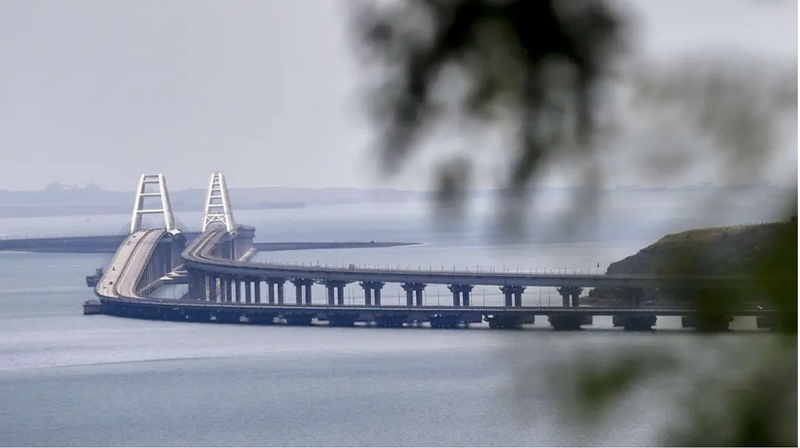Report: Wildfires Damaging Peru's Ecosystems
Wildfires have swept through Peruvian grasslands, dry forests, coastal regions, and Amazonian jungles in recent weeks. The Global Wildfire Information System (GWIS) has reported roughly 10.4K fires this year, more than double the previous record from 2020....
0:00
/1861
Facts
- Wildfires have swept through Peruvian grasslands, dry forests, coastal regions, and Amazonian jungles in recent weeks. The Global Wildfire Information System (GWIS) has reported roughly 10.4K fires this year, more than double the previous record from 2020.[1]
- Fires have reportedly impacted 22 out of Peru's 24 regions, with at least 20 people reported dead since July and states of emergency declared in six regions, including Lambayeque, Huánuco, Cajamarca, Martin, Ucayali, and Amazonas.[2]
- Bears are reportedly fleeing the northern dry forests, with some people shooting them as they enter towns. Jaguars have also been discovered charred in trees in the southern Amazon.[1]
- The head of the Spectacled Bear Conservation said bears are adapting to the dryer climate and going months without water. Water resources have grown scarce as grasslands and wetlands become charred by the fires.[1]
- In response, conservationists and other experts are calling for more education on the matter and regulation against deforestation. When she declared an emergency in September, Pres. Dina Boluarte said her government lacks proper logistical resources to combat the issue.[1][3]
- Wildfires, reportedly mostly caused by humans, have recently occurred across South America, including in Western Brazil, Paraguay's Chaco Forest, and millions of hectares burned in Bolivia's lowlands. This has caused droughts and especially impacted Indigenous communities.[2]
Sources: [1]Reuters, [2]Guardian and [3]Devdiscourse.
Narratives
- Narrative A, as provided by Amnesty International. Climate change is quite literally burning South America to the ground, leaving millions of acres of land charred and animals at risk of extinction. This is a global problem that requires an international solution, including curbing fossil fuel emissions and commitments to protecting Indigenous populations. If governments fail to do this, entire generations of animals and humans will face dire consequences.
- Narrative B, as provided by New York Post. As the media publishes flashy headlines to make viewers think the entire world is on fire, the truth is that the planet has actually seen a decrease in global burned areas over the past two decades. While North and South America have certainly seen an increase in fires due to particular weather patterns, the same is not true for Africa and Europe. The solution is better land management, not overhauling the energy system.







